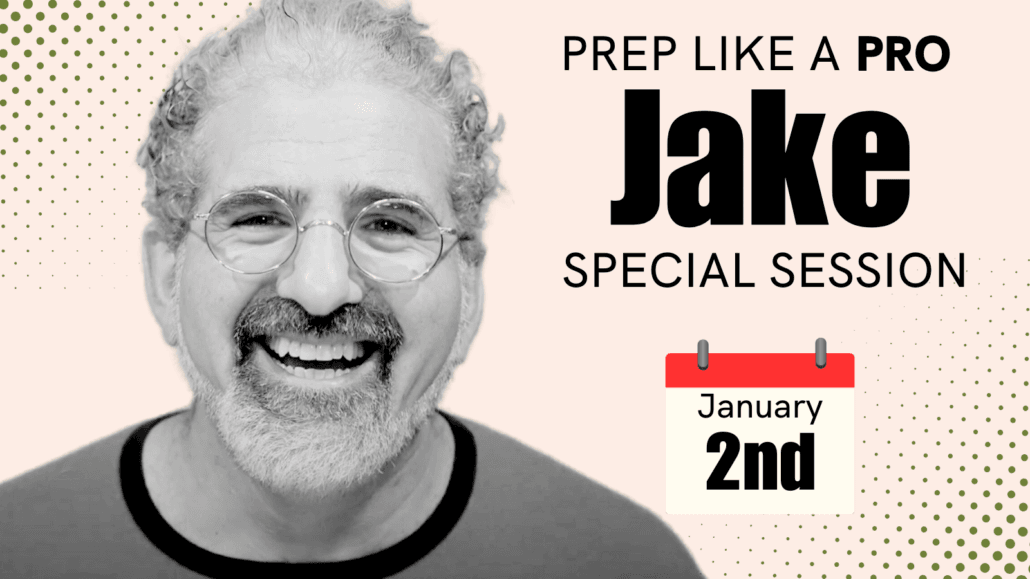[spb_text_block pb_margin_bottom=”no” pb_border_bottom=”no” width=”1/1″ el_position=”first last”]
What Kind of Structure Does Your Inner Writer Need?
By Jacob Krueger
[/spb_text_block] [divider type=”thin” text=”Go to top” full_width=”no” width=”1/1″ el_position=”first last”] [spb_text_block pb_margin_bottom=”no” pb_border_bottom=”no” width=”1/1″ el_position=”first last”]
When I was growing up, my sister and I were the exact opposite kinds of children.
I was the kind of child with whom my mom could simply open the door and say, “Jake, go play.” I would find a quiet spot in the yard and safely play for hours and hours. And eventually my mom could open the door again and say, “Jake, come inside” and I would happily pop back inside.
My sister was the kind of child who, if you cracked the door one inch, would burst out the door, run into the street and immediately get hit by a car.
We were different kinds of children. I didn’t need structure to keep me safe. And I still don’t, as a writer. I wasn’t that kind of child. Throw me out into the universe, I will find a safe place, and I will play there and have a really good time.
But not everyone is built like that. If you do that to my sister, Carina, you will not have my sister very long!
And so, part of being a writer is being a good creative parent to your inner writing child. And part of being a good parent is understanding that not all inner writer children are the same. Your writer child and my writer child might be very, very different children.
Now, what some writers do, when they realize their inner writer child is not behaving in a perfect orderly way, is they try to force her to behave in a way that will keep her safe. They find a nice little cage and stick that little inner writer child in the cage and think “now she is safe.”
You know how we do this as writers. We do this with rigid outlines: “I planned out every single thing, so now my little inner writer cannot get hurt. I’ve got the perfect log line and it’s teacher approved, so I know I can sell it. And I’ve got the perfect outline and every detail is planned out and I know I can sell it. I’ve written the perfect treatment and I’ve got little check marks and I know I can do it. And now, all I need to do is add dialogue and I should have a movie. Right?”
And that’s like putting your inner writer child in a cage.
So, what do you do if you’ve got an inner writer like Carina?
You’ve got to create a safe space for Carina to play or she’s going to dash out and get hit by a car. And the writing equivalent for some of us, if we don’t have SOME structure, is that we find that our movies don’t go anywhere.
Your main character is like “La, la, la, la, la, la, la.” Right? Just running all over the place but not going anywhere.
And we start to get panicked, as the responsible parent, and the next thing you know we get abusive. “Stop running around! Get in here!”
This is how we become abusive with our inner writer child. And then the child starts rebelling and suddenly we have writer’s block and we’re like “I wonder why I don’t want to write today?”
So, instead of putting Carina in a cage, think about building a nice safe fence around her playground.
Now, it does not need to be an electric, nuclear-charged fence. And you want to build the fence as wide as you possibly can. In other words, you want the child to have as much room to play as she can and still be safe.
Only you know how much room you can create for your inner writer child. But, hopefully, you can give them some options, you can give them some room to play and explore.
So, over here might be a sandbox. And over here might be a swing set. And over here, there’s a seesaw. And over here is a Barbie castle.
And what you find is, if you let Carina play in that nice safe playground as opposed to letting her just wild—for a little while, if she’s got a personality like Carina, she’s going to bounce madly from sandbox to swing set to seesaw to Barbie castle.
But, if you let her run around under her own direction for awhile, you’ll notice that eventually there’s going to be something that draws her attention. Suddenly, entirely on her own, she’ll realize “I really like the seesaw.”
And then, all by herself, without any work from you, without any screaming, without any yelling, without any cages, or rules, you’ll find Carina playing for hours and hours and hours on that seesaw.
In fact, the only way you can stop a child like Carina from playing on the seesaw is by saying “you must play on the seesaw.” In which case, she will start to run.
If you give your inner writer enough room to play, they will find the area of interest that really matters to them. And this is true with almost any child. And every once and a while, you might even notice that they climb the fence. And if they do – just like my mom was always watching from the window – you can just keep an eye on them and make sure they’re within eye-shot.
This is what I mean when I say you want to create the biggest fence that you possibly can. You want it to be big enough that your writer child can feel free to play and not creatively limited. So, that they can start to choose their real areas of interest.
Then, as you get into later drafts, you can start to bring your editing brain (your parental brain) to the equation. And you start to say, “hey Carina, I noticed you were doing an awesome job there on that seesaw. Is there a different way you could use the seesaw? Is there a way we could have more interesting seesaw in Act 3?” You can start to play with your inner child and encourage them to explore that one area more deeply.
So, this is what we’re looking for. If you’re a writer that needs to outline, great! But don’t outline every scene. It will never be good enough and it will never be exciting. Give yourself just enough turning points that you’re know, there’s a way through the forest. And just enough of a fence to keep you safe. And then let that inner child out to play.
Choose Your Inner Writer Child’s Adventure
Learn the way you learn best with our unique three-pronged approach to screenwriting. Focus exclusively on the art of writing in Meditative Writing. Fuse art, craft, and 7 Act Structure in our Write Your Screenplay workshop. Or build the muscles of your technical craft in our Craft Intensive.
[/spb_text_block]



